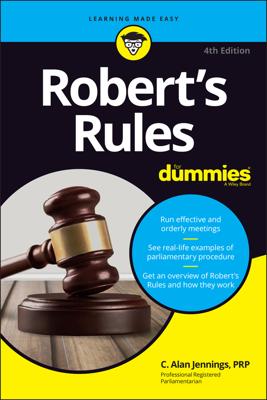Recess usually refers only to taking a break in the middle of a meeting. Recess, like other privileged and subsidiary motions, also has a form for use as an incidental main motion and has a few different rules if it’s made when nothing else is pending and the group wants to take a short break.
But the privileged motion to Recess is made to consider whether to take a short break immediately while another motion is pending. It can interrupt just about anything under consideration other than one of the privileged motions concerning adjournment.
A recess doesn’t close a meeting. When you reconvene from the recess, you take up business right where you left off.
About the only time a motion to Recess may not go through is when somebody trumps the motion with a motion to Adjourn.
The motion to Recess provides for a short break in the proceedings, and the privileged motion is one that’s used to get a recess immediately, even while you’re in the middle of something. It can be used strategically to allow an opportunity for a caucus, or simply so you can step outside for a breath of fresh air.
Because a motion to Recess can’t interrupt a speaker, you’re required to wait for recognition by the chair.
Unless your meeting is holding everyone rapt in enjoyment of the discussion, calls of “second” are likely to erupt from all corners of the room (and from the middle and sides, too!).
Unless it appears that the motion to Recess may meet objection or perhaps an amendment to deal with the length of the recess, the chair can usually obtain general (or unanimous) consent. If objection arises or an amendment is offered, a voice vote is the way to go.
To resume business as usual, the chair calls the meeting back to order by saying something like, “The recess is ended, and the meeting will come to order.”
That’s it. You’re back — refreshed, reenergized, regrouped, and ready to proceed.
The motion to Recess, as a privileged motion,
-
Can’t interrupt a speaker who has the floor
-
Must be seconded
-
Isn’t debatable
-
Is amendable with respect to the length of the recess, with no debate permitted on such an amendment
-
Must have a majority vote
-
Can’t be reconsidered

